What Will Happen If The Planet Gets Hotter?
As some crazy people are enjoying the extremely hot weather its hard not to notice the danger increasing temperature will have on us in the future.
This week we saw record-breaking temperatures and this is going to continue to get worse if we don’t do anything.
This article was written in 2018 titled ‘the next five years could be seriously hotter than normal, say scientists’
They clearly weren’t wrong and that means we’ve got more hot weather to come!
 What would happen if the planet was 2 degrees hotter?
What would happen if the planet was 2 degrees hotter?
- Rivers and glaciers would disappear
- An increase in landslides as what holds them together would melt
- Sea levels could rise displacing 10% of the population
- Many Plants would eventually stop growing making global warming worse as they absorb a lot of the carbon dioxide.
- In 85 years one-third of the planet will be without fresh water
- 40% of the Amazon Rainforest will be destroyed
- Hurricanes would be stronger
- Coral reefs would start to become bleached – this is already happening here
What would happen if the planet was 3 or 4 degrees hotter?
- Ice poles would completely vanish and the sea would rise by 50 meters
- Summers would be longer and hotter, increasing the demand for air-con putting pressure on the power grid
- Forest fires increasing
- Shortage of food
The human body in the heat
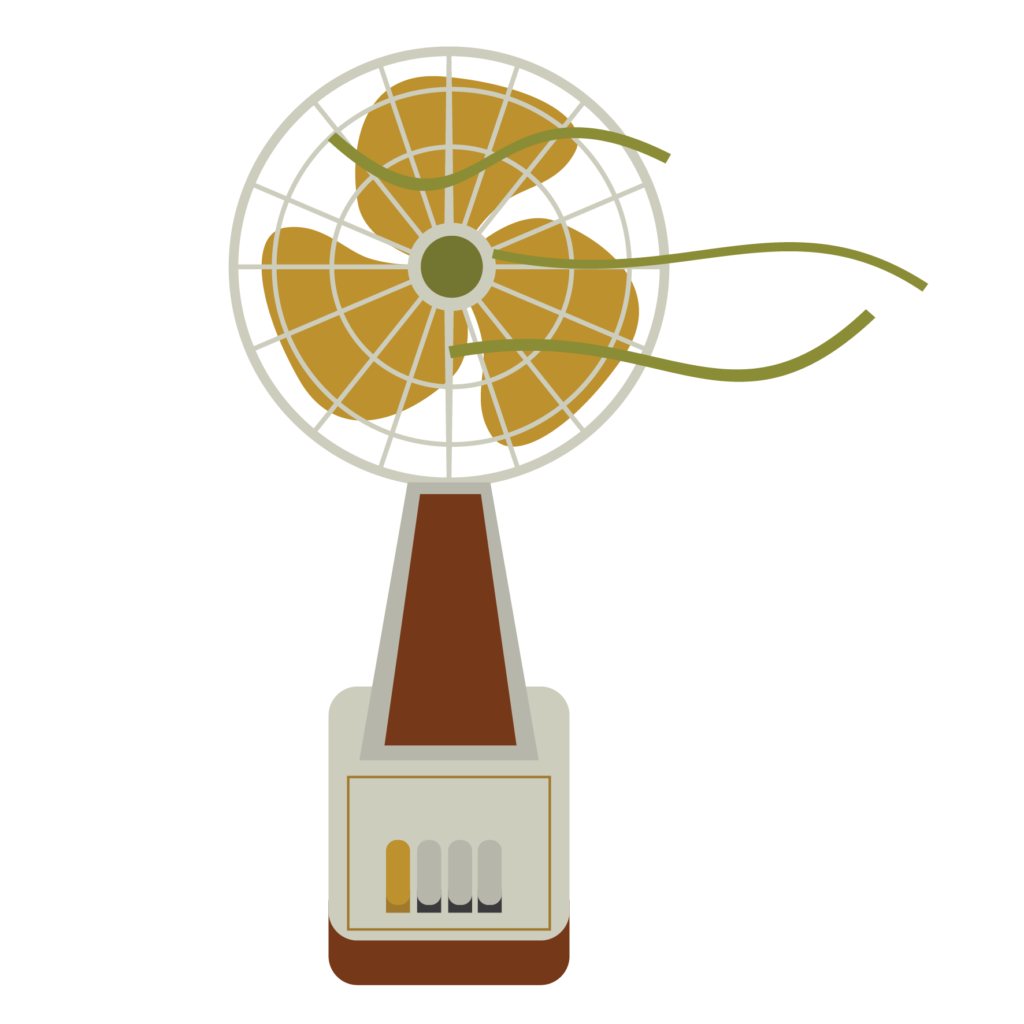 Your body will try and keep a core temperature of 37 degrees and only gets hotter or colder when you are ill.
Your body will try and keep a core temperature of 37 degrees and only gets hotter or colder when you are ill.
However in a temperature of 38 degrees and above you are at risk of:
- Swelling in joints
- Rashes
- Cramps – caused by salt imbalances
- Exhaustion
- Dehydration
- Dizziness
- Nausea
- Numbness in hands and feet
- Heatstroke
Its all well and good saying recycle, don’t use single-use plastics and reduce your meat and dairy consumption. These small changes will help. However, you can sign petitions get your local MP to take note that this is something you care about as the biggest change that needs to be made is for governments to take global warming seriously.

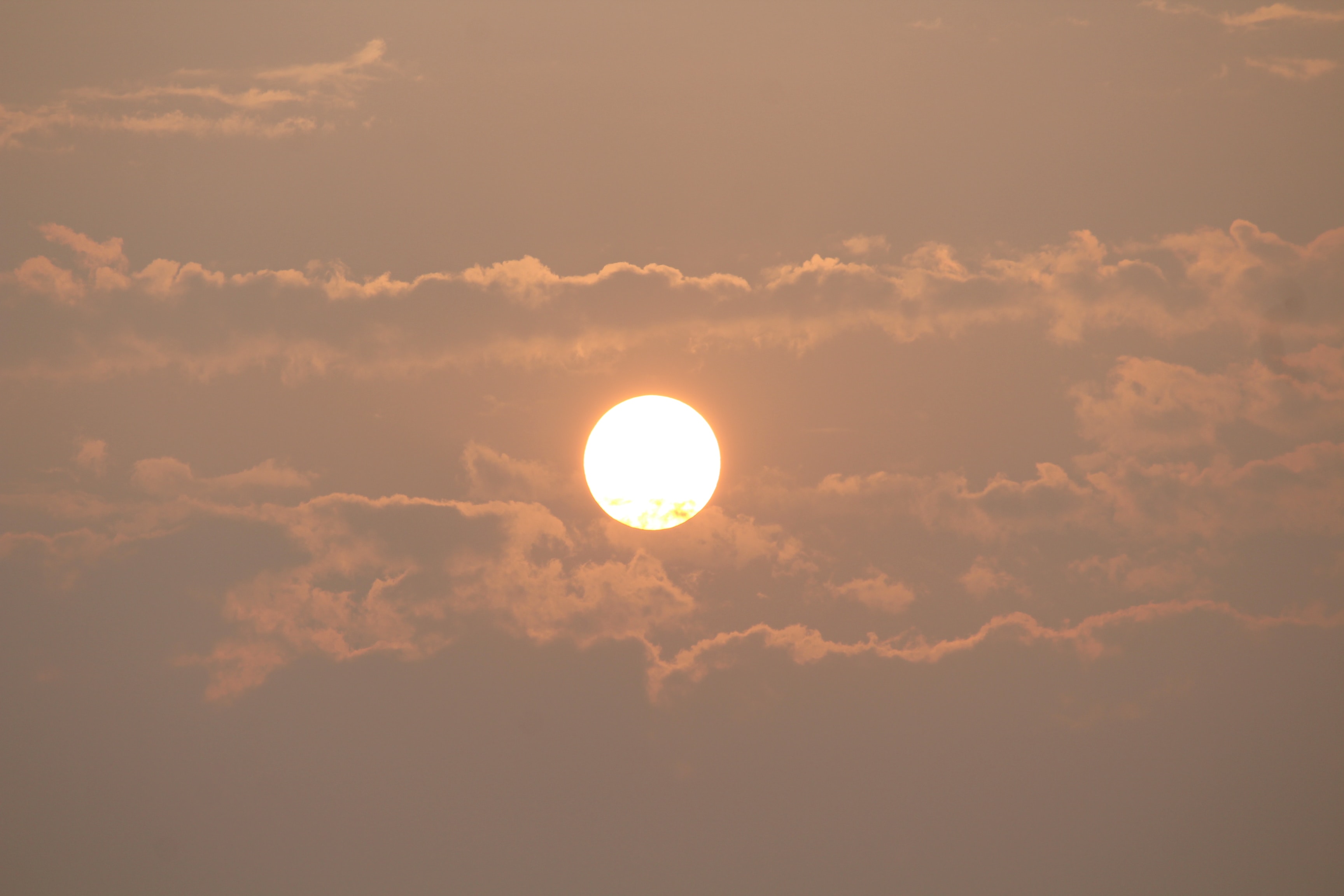
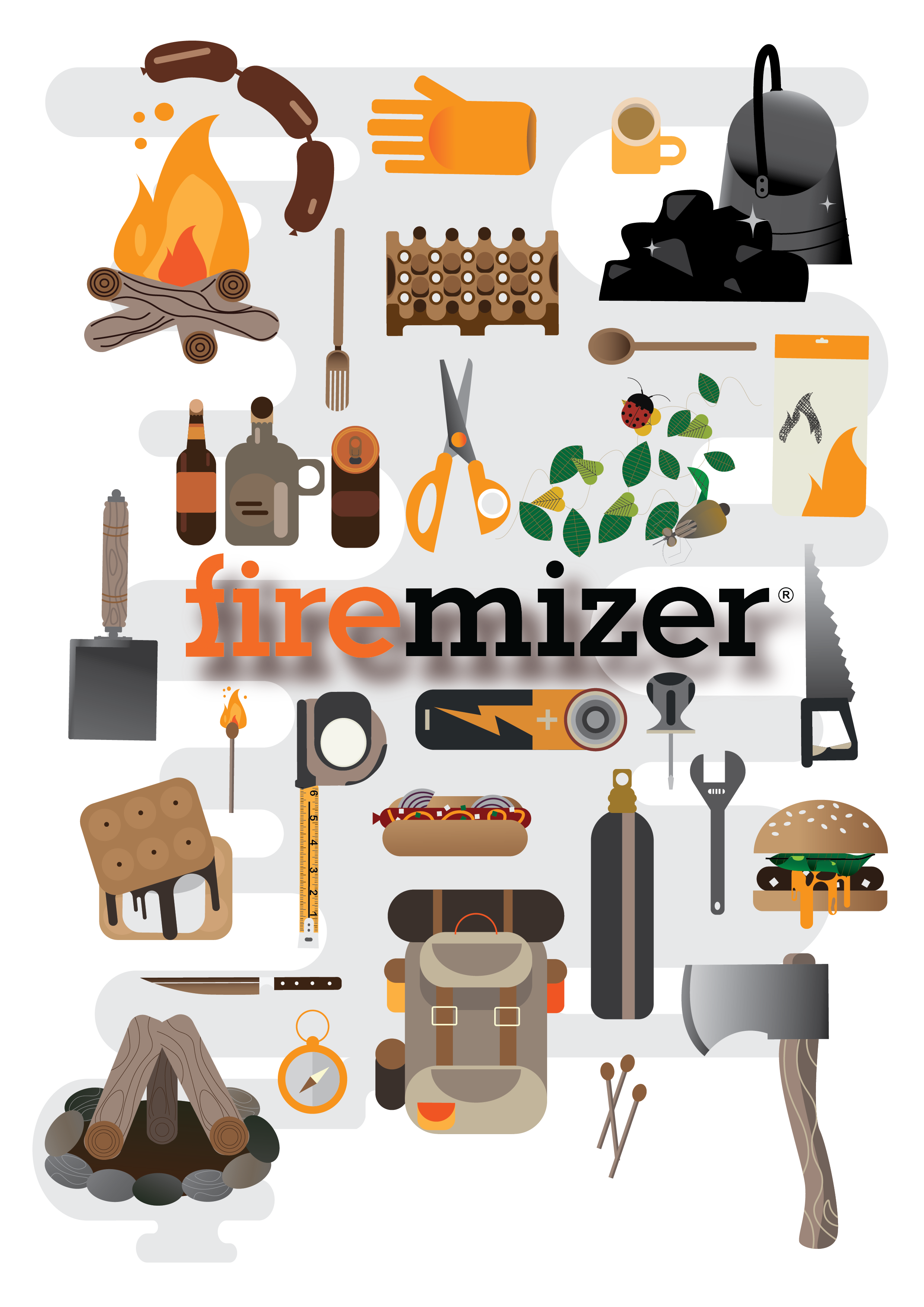
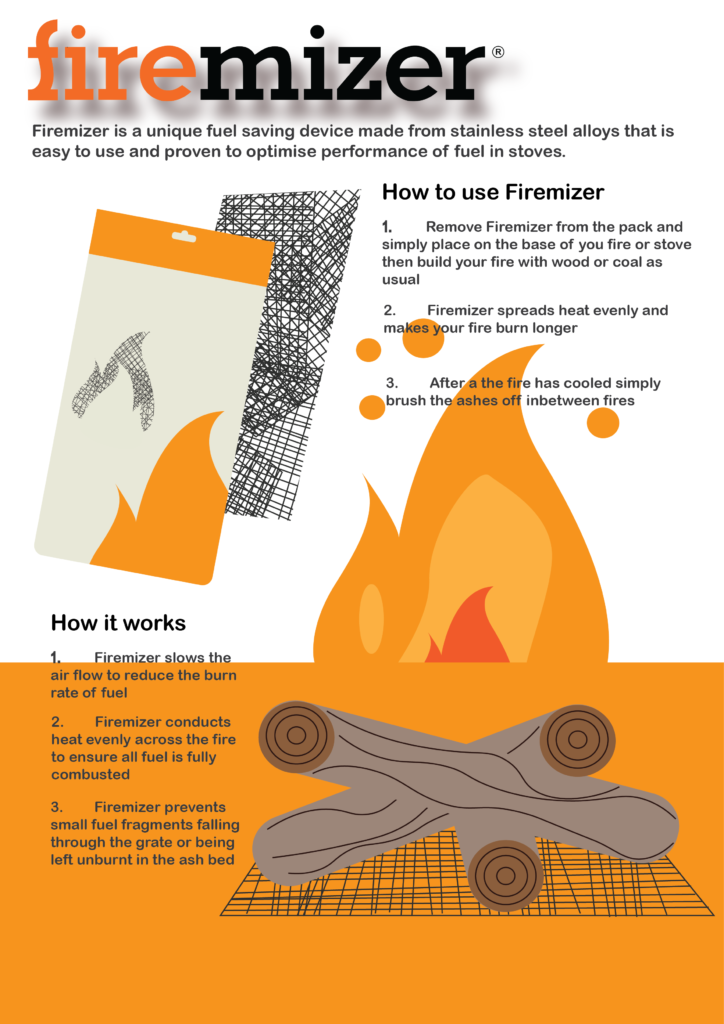
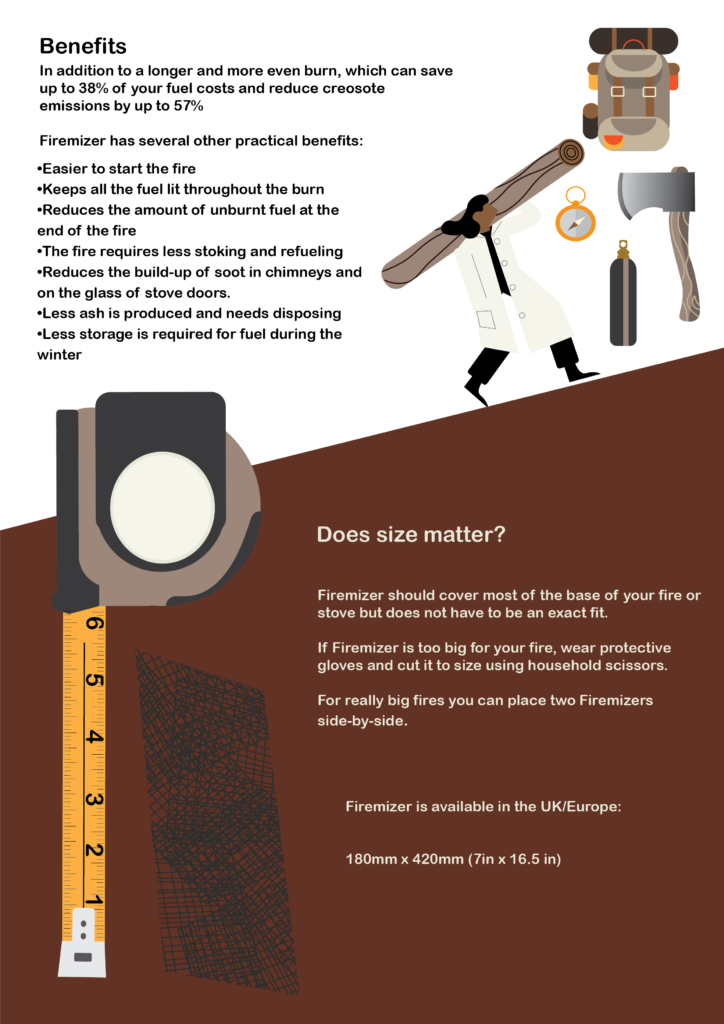
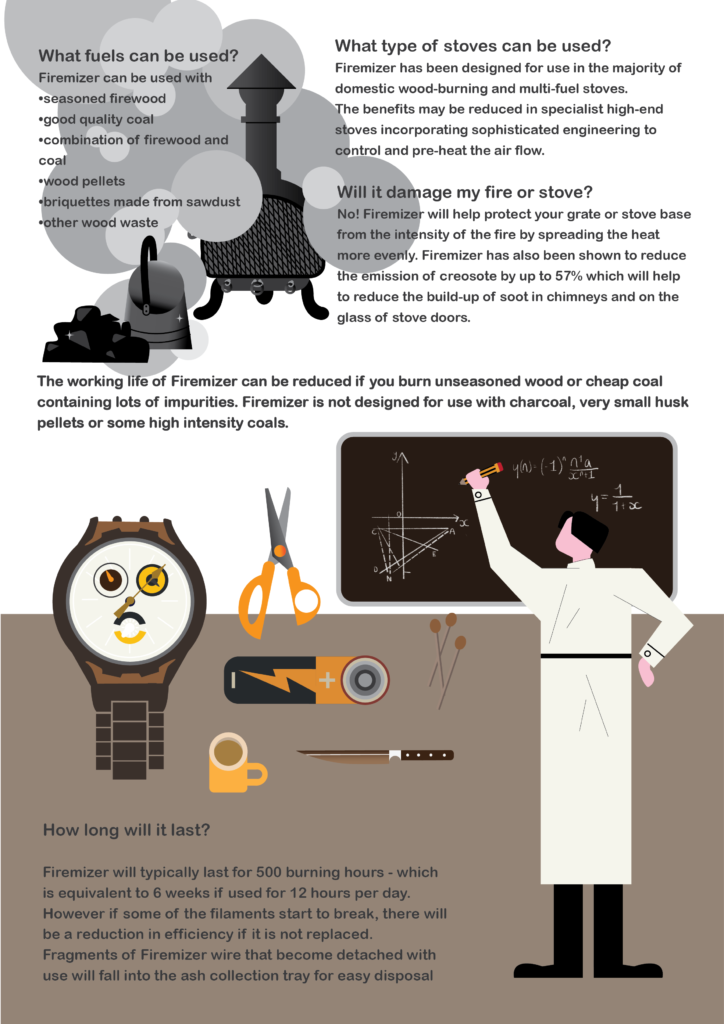
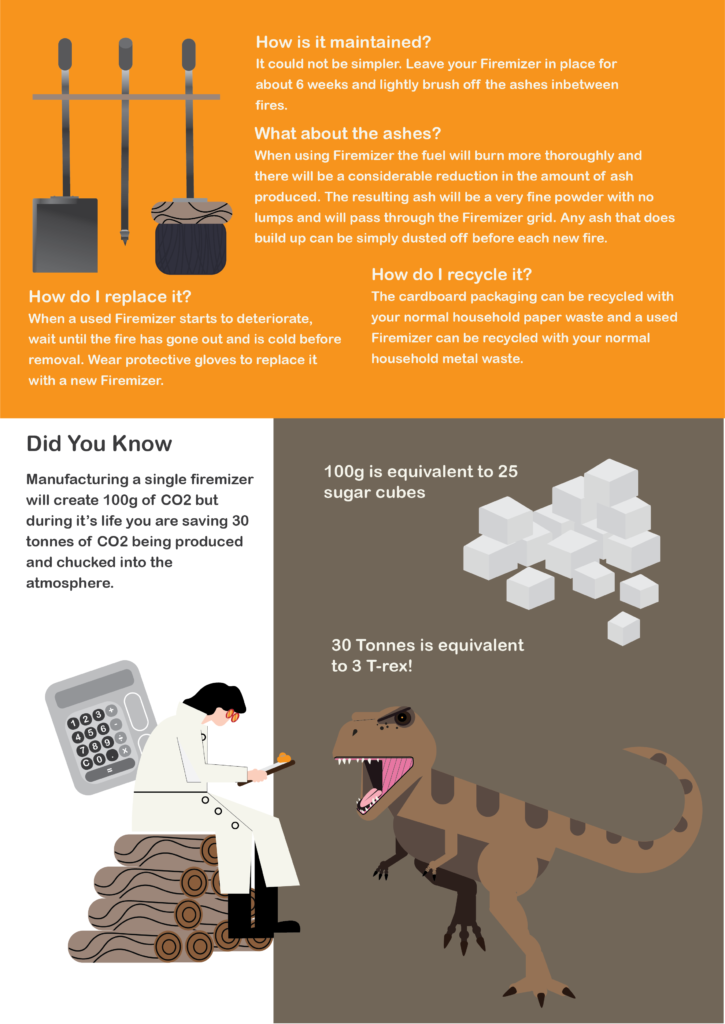
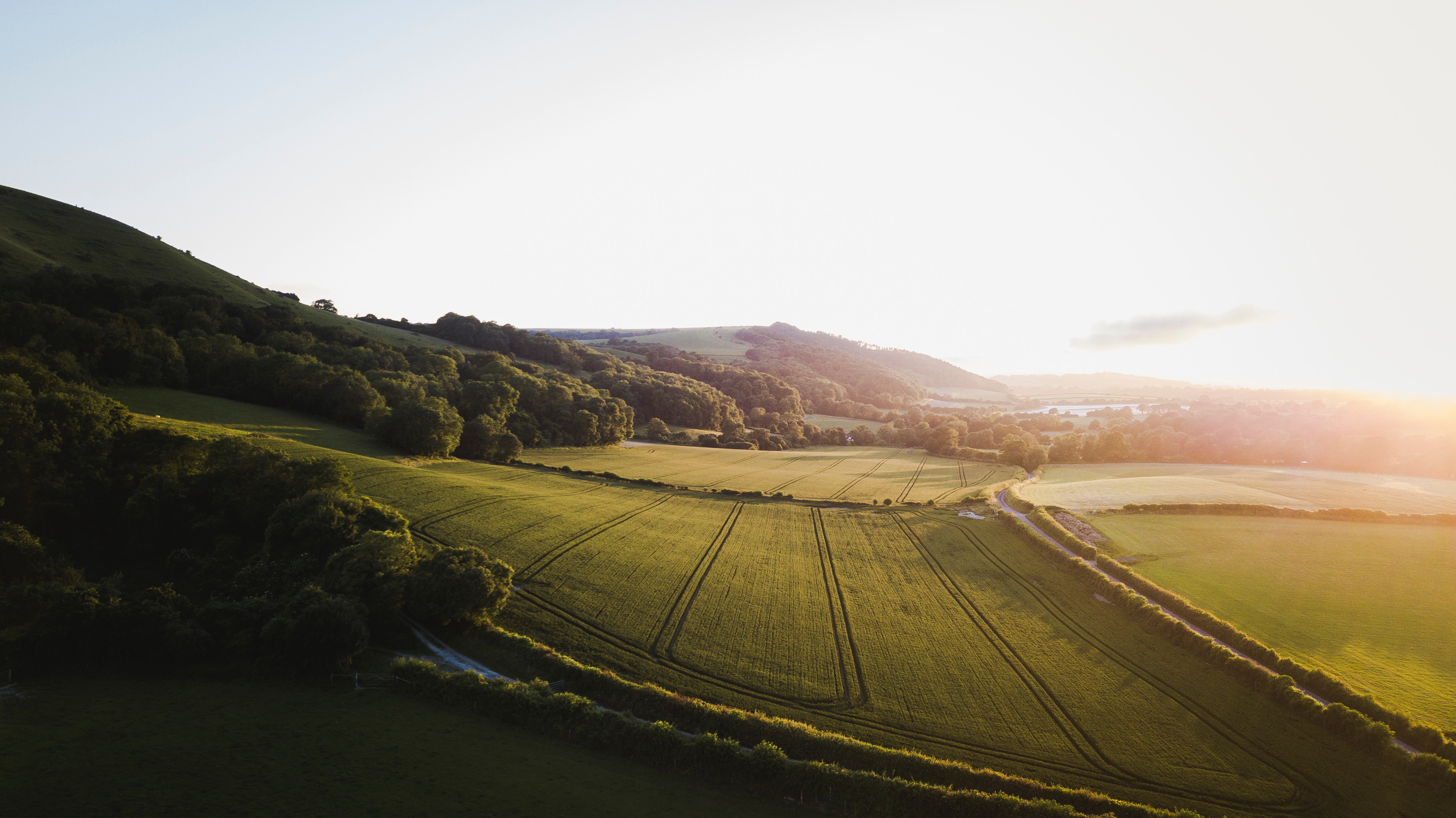
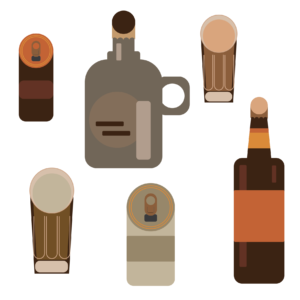
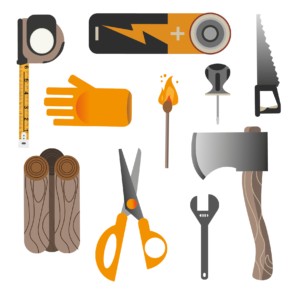 Another way you can stay safe is by paying attention to your fire pit. Fire pit accidents are among the nearly 6,000 grill fires each year, sometimes these spread to become an outdoor fire.
Another way you can stay safe is by paying attention to your fire pit. Fire pit accidents are among the nearly 6,000 grill fires each year, sometimes these spread to become an outdoor fire. 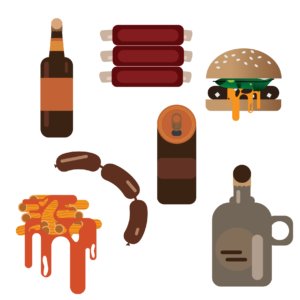 Clean
Clean  Grilling Meats
Grilling Meats